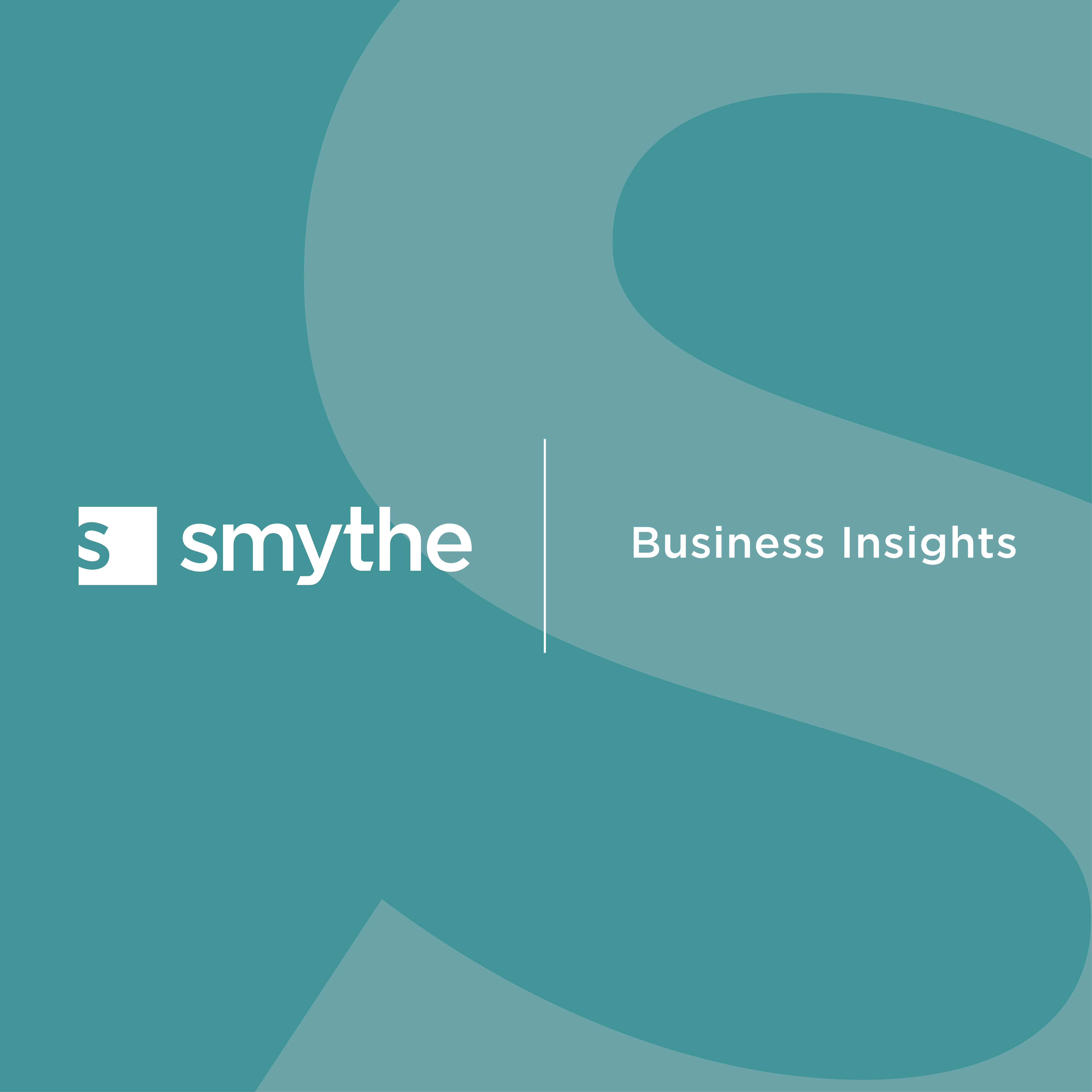New Changes to Form T1134

In January 2021, the Canada Revenue Agency (“CRA”) released a revised Form T1134 which will require significant additional disclosures not previously required on the old version of the form. Canadian taxpayers will be required to use the revised Form T1134 for taxation years beginning after 2020. The old Form T1134 can continue to be used for taxation years that begin in 2020.
WHAT IS THE FORM T1134?
Generally, Canadian resident taxpayers (individuals, corporations, trusts and certain partnerships) with investments in foreign corporations must file Form T1134, Information Return Relating to Controlled and Not Controlled Foreign Affiliates and include a separate T1134 Supplement for each foreign affiliate (other than certain dormant affiliates).
Both foreign affiliates (“FA”) and controlled foreign affiliates (“CFA”) are reported on the Form T1134. A FA is a non-resident corporation where the Canadian taxpayer directly or indirectly owns at least 1% of the shares and at least 10% of the shares together with related parties of the Canadian taxpayer. A CFA is a FA controlled by the Canadian taxpayer. It is important to note that for Canadian tax purposes, a foreign entity may be considered a corporation despite not being considered as such for foreign tax purposes. For example, a U.S. Limited Liability Corporation is considered a corporation for Canadian tax purposes, even though it may not be treated as a corporation for U.S. tax purposes.
SUMMARY OF CHANGES
- Due Date
- for taxation years beginning in 2020, the filing deadline has been reduced to 12 months after the Canadian taxpayer’s year-end
- for taxation years beginning after 2020, the filing deadline will be 10 months after the Canadian taxpayer’s year-end
- Dormant or Inactive FA/CFAs
- The gross receipts threshold to qualify for exemption from filing the T1134 supplement for “Dormant” or “Inactive” FAs has been increased to $100,000 (previously $25,000)
- The $100,000 cost amount threshold is revised to be applied on a legal entity basis (previously on a consolidated basis)
- Joint Filing for Related Groups – This new option allows related reporting entities with the same year-end and the same reporting currency to jointly file one set of T1134 Summary and Supplements for all FAs.
- Organizational Charts – Reporting entities can submit a group organizational chart instead of completing certain sections of the revised form.
- Financial Statements – Financial statements of a FA are only required where the reporting entity holds at least 20% of the voting shares in the FA. Financial statements were previously required for all FAs.
- Surplus Pools – Additional disclosures are required for the surplus pools (i.e., exempt, taxable, hybrid) of a FA to support the deduction claimed on dividends received from an FA.
- Upstream Loans – Details on any upstream loans are required on the revised form. Generally, the upstream loan rules apply where a FA of a Canadian tax payers makes a loan to a person that is a “specified debtor” in respect of the Canadian taxpayer.
- Foreign Affiliate Dumping (FAD) – Additional information is required where a corporation resident in Canada (“CRIC”) makes an “investment” in a FA and the CRIC is controlled by a non-resident.
- Pertinent Loan or Indebtedness (PLOI) – Disclosure is required when PLOI elections are filed for cross-border debt.
- Composition of Revenue – A breakdown of gross revenues is required for each FA to identify the income source (i.e., whether it is arm’s length or non-arm’s length).
- Shares Disclosure – Reporting entities will be required to provide the tax adjusted cost base (ACB) of their directly owned common and preferred shares in the FA.
- Debt Owing to/from FAs – Disclosure is required if the information was not otherwise reported on the T106 form.
- Number of Employees – Total number of employees in FA/CFAs is required. The requirement to provide breakdown of employees on a business-by-business basis has been removed.
- Foreign Accrual Property Losses (“FAPL”) / Foreign Accrual Capital Losses (“FACL”) – Additional calculation and tracking required for FAPL and FACL balances.
NEXT STEPS
Filing a more complex Form T1134 within a shorter deadline can be very challenging. We can help you better prepare for the changes and understand what additional information must be gathered to meet disclosure requirements. You should:
- Review the new version of the T1134 form;
- Review the corporate group organizational chart to identify active & inactive FA/CFAs;
- Determine whether your corporate group is eligible for the joint filing option;
- Review and update the calculations of surplus pools and tax ACB;
- Discuss whether an additional schedule is required to track the FAPL and FACL balances for each of the FAs with your advisor.
CONTACT
For specific advice regarding your situation, please contact your Smythe Partner directly.